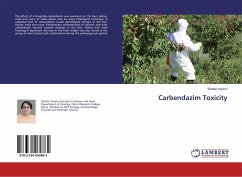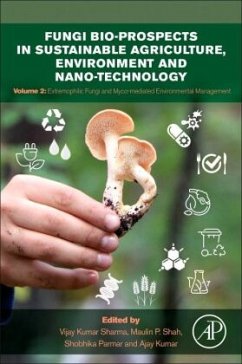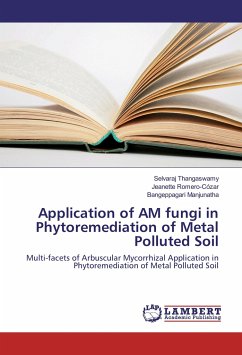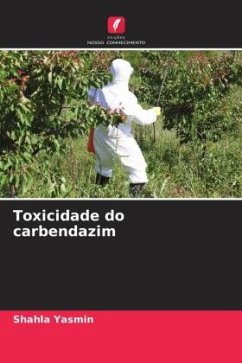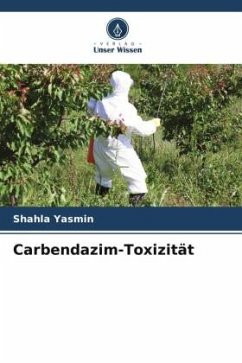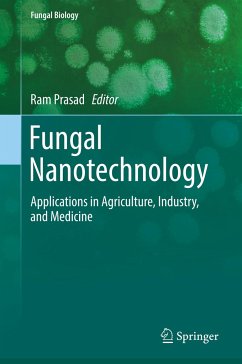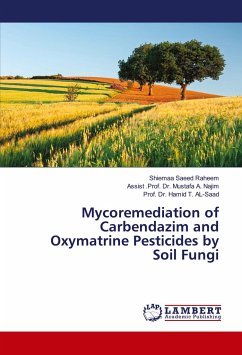
Mycoremediation of Carbendazim and Oxymatrine Pesticides by Soil Fungi
Versandkostenfrei!
Versandfertig in 6-10 Tagen
41,99 €
inkl. MwSt.

PAYBACK Punkte
21 °P sammeln!
The current study was concentrated on the determination of carbendazim fungicide and oxymatrine insecticide residues in four agriculture stations of Basrah governorate and study the ability of fungi to degrade them, 56 fungal species belong to 29 genus were isolated in addition to the sterile mycelia from the contaminated soil , the ability of fungi to tolerate three concentration 1,2 and 3 ppm of each pesticide separately on solid medium was determined and the inhibition rate was calculated, six fungal isolates were selected to study their ability to biodegrade pesticides as a single isolates...
The current study was concentrated on the determination of carbendazim fungicide and oxymatrine insecticide residues in four agriculture stations of Basrah governorate and study the ability of fungi to degrade them, 56 fungal species belong to 29 genus were isolated in addition to the sterile mycelia from the contaminated soil , the ability of fungi to tolerate three concentration 1,2 and 3 ppm of each pesticide separately on solid medium was determined and the inhibition rate was calculated, six fungal isolates were selected to study their ability to biodegrade pesticides as a single isolates in liquid media for two period time 10 and 20 days , The fungal isolates recorded the higher degradation rate as a single isolates were used to study their biodegradation ability as a mixture in liquid medium at the concentration 4,8 and 12 ppm for each pesticide separately for ten days . Finally, the biodegradation of the pesticides together were tested at the concentration 2,4 and 8 ppm by the mixed isolates.




